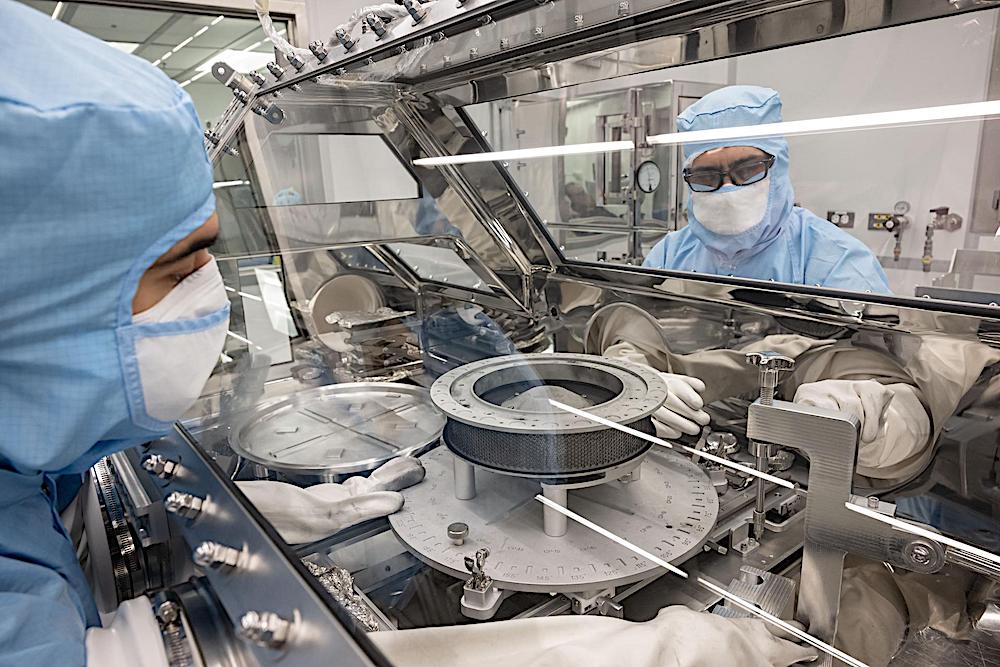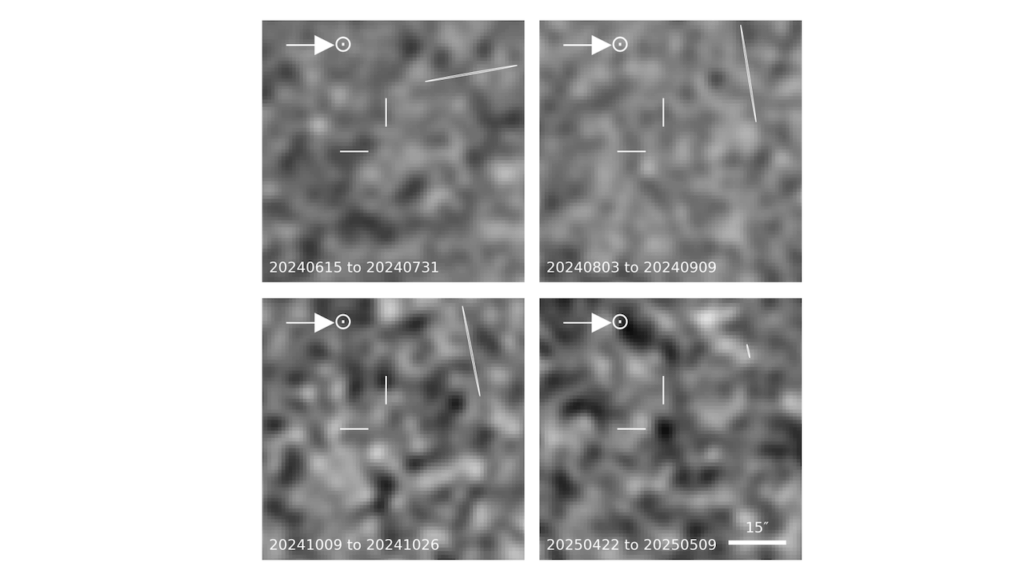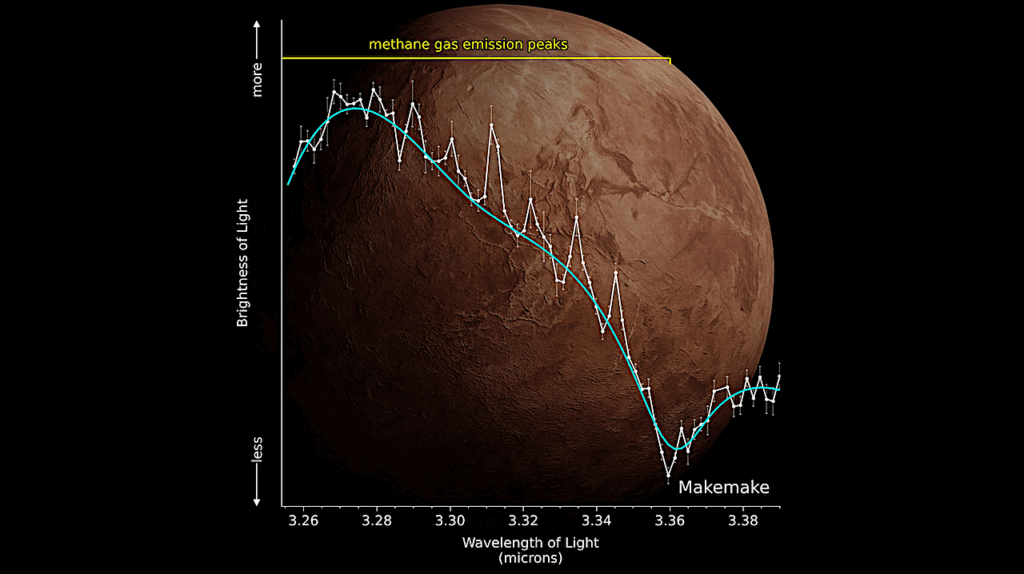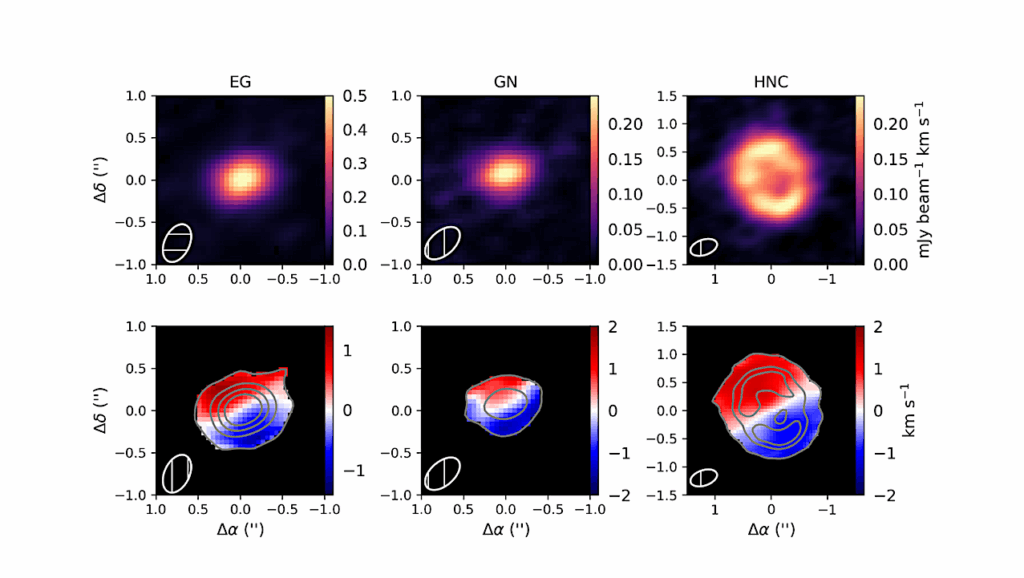OSIRIS-REx Team Clears A Hurdle To Access Remaining Sample From Asteroid Bennu

Curation team members at NASA’s Johnson Space Center in Houston have successfully removed the two fasteners from the sampler head that had prevented the remainder of OSIRIS-REx’s asteroid Bennu sample material from being accessed.
Steps now are underway to complete the disassembly of the Touch-and-Go Sample Acquisition Mechanism, or TAGSAM, head to reveal the rest of the rocks and dust delivered by NASA’s first asteroid sample return mission.
“Our engineers and scientists have worked tirelessly behind the scenes for months to not only process the more than 70 grams of material we were able to access previously, but also design, develop, and test new tools that allowed us to move past this hurdle,” said Eileen Stansbery, division chief for ARES (Astromaterials Research and Exploration Science) at Johnson. “The innovation and dedication of this team has been remarkable. We are all excited to see the remaining treasure OSIRIS-REx holds.”
The remainder of the bulk sample will be fully visible after a few additional disassembly steps, at which point image specialists will take ultra-high-resolution pictures of the sample while it is still inside the TAGSAM head. This portion of the sample will then be removed and weighed, and the team will be able to determine the total mass of Bennu material captured by the mission.

OSIRIS REx curation team attempting to remove the two stuck fasteners that are currently prohibiting the complete opening of the TAGSAM head. Photo Date: January 10, 2024. Location: Bldg. 31 – 2nd Floor – OSIRIS-REx lab. Photographer: Robert Markowitz Larger image
Curation processors paused disassembly of the TAGSAM head hardware in mid-October after they discovered that two of the 35 fasteners could not be removed with the tools approved for use inside the OSIRIS-REx glovebox.
In response, two new multi-part tools were designed and fabricated to support further disassembly of the TAGSAM head. These tools include newly custom-fabricated bits made from a specific grade of surgical, non-magnetic stainless steel; the hardest metal approved for use in the pristine curation gloveboxes.
“In addition to the design challenge of being limited to curation-approved materials to protect the scientific value of the asteroid sample, these new tools also needed to function within the tightly-confined space of the glovebox, limiting their height, weight, and potential arc movement,” said Dr. Nicole Lunning, OSIRIS-REx curator at Johnson. “The curation team showed impressive resilience and did incredible work to get these stubborn fasteners off the TAGSAM head so we can continue disassembly. We are overjoyed with the success.”
Prior to the successful removal, the team at Johnson tested the new tools and removal procedures in a rehearsal lab. After each successful test, engineers increased the assembly torque values and repeated the testing procedures until the team was confident the new tools would be able to achieve the torque needed while minimizing the risk of any potential damage to the TAGSAM head or any contamination of the sample within.
Despite not being able to fully disassemble the TAGSAM head, the curation team members had already collected 2.48 ounces (70.3 grams) of asteroid material from the sample hardware, surpassing the agency’s goal of bringing at least 60 grams to Earth. They have fulfilled all the sample requests received from the OSIRIS-REx science team so far and have hermetically sealed some of the Bennu sample for better preservation over long timescales (e.g., multiple decades), storing some at ambient temperature conditions and others at -112 Fahrenheit (-80 degrees Celsius).
Later this spring, the curation team will release a catalog of the OSIRIS-REx samples, which will be available to the global scientific community.
Astrobiology, Astrogeology, Astrochemistry,







